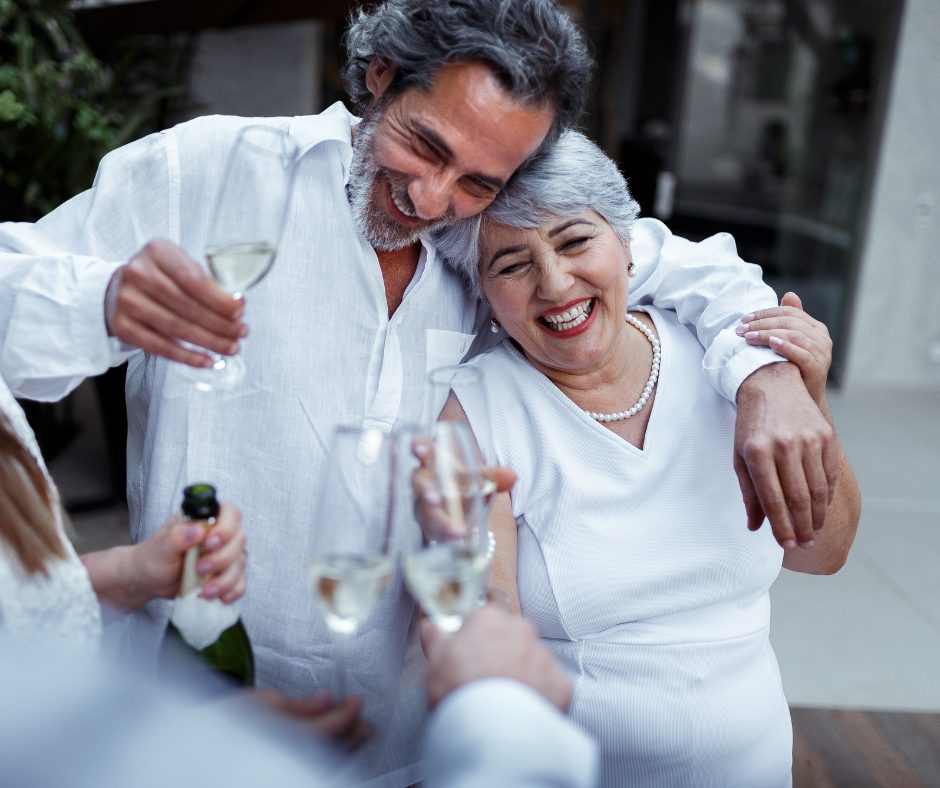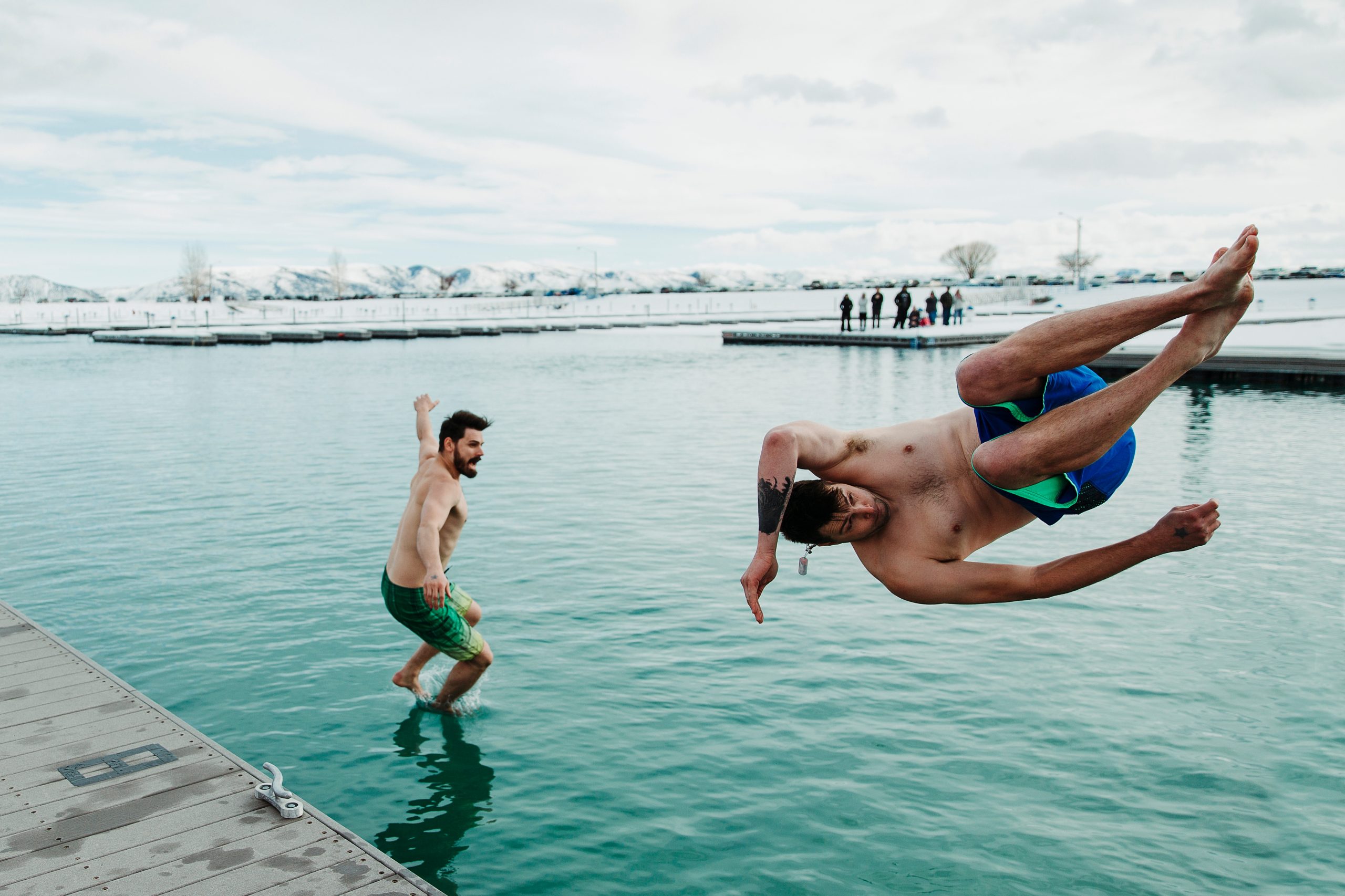
People around the world have been celebrating the start of each new year for about four millennia. Today, the majority of New Year’s festivities begin on December 31st (New Year’s Eve), the last day of the Gregorian calendar, and continue onto January 1st (New Year’s Day). Common traditions include attending parties, eating special foods, making resolutions for the New Year, and watching fireworks. But a lot of countries also have a unique set of New Year’s traditions, and some cultures celebrate on different dates.
Let’s take a look at some of the interesting New Year’s traditions from around the world!
Philippines

On New Year’s Eve, you’ll find round shapes all over the Philippines. Round shapes represent coins, which symbolize prosperity in the coming year. Many people also wear polka dots for good fortune. Many families display large quantities of fruit on their dining tables and they like to make noise. One New Year’s custom in the Philippines is to use noisemakers, play music really loudly, and generally be as loud as you can. A lot of people believe that the noise will keep away bad luck and evil spirits.
Brazil

In Brazil and many other South American countries like Bolivia and Ecuador, people believe that wearing white clothes on New Year’s Eve will bring them good luck and peace in the New Year. They also believe that wearing a specific coloured underwear will bring them good fortune over the next year – for example, yellow for wealth and prosperity, and red for passion. Brazilians also make life-sized dolls with masks. These dolls represent bad events from the past year, and they’re burnt at midnight on New Year’s Eve to get rid of the bad and make room for the good.
Portugal

On New Year’s Eve in Portugal (and Spain), people eat 12 raisins or grapes at midnight, one for each stroke of the clock. The 12 grapes represent good luck for each month of the upcoming year. In larger cities, people come together in main squares and pass around bottles of cava, or sparkling wine. It’s also customary after the clock strikes midnight to open your window and bang pots and pans and make a lot of noise. Portuguese children go around visiting on New Year’s Day to collect gifts and sweets.
Denmark

The people of Denmark welcome the New Year with a toast to the motherland once Queen Margrethe completes her annual New Year’s Eve speech. Then, just before midnight, they stand up on chairs or a couch and at midnight they “leap” into the New Year. The leap from up high is said to symbolize the overcoming of potential challenges and difficulties.
Iran

Iranians celebrate their New Year during the spring equinox, and it’s called Nowruz. They begin a few weeks ahead by cleaning their homes. Once their house is in order, on the Wednesday before Nowruz, Iranians light up the streets and skies for a ‘Red Celebration.’ Fire is considered a symbol of purity, and Iranians will light fireworks, jump over bonfires, and release sky lanterns with their wishes for the year ahead.
Canada

Canadians celebrate New Year’s Eve on December 31st. Common traditions include visiting with friends and family, eating special meals, having drinks, attending parties and watching fireworks. Many Canadians also celebrate the New Year by going ice fishing or participating in an annual polar bear plunge. Started in 1920 in Vancouver by David Pantages, the polar bear plunge has since spread to other provinces and even some States in the United States. The event has also become a fundraising event in many cities.
The BAZIS team wishes you all a wonderful holiday season and very happy New Year!
How do you celebrate New Year’s? Connect with BAZIS on social media (Facebook, Twitter or Instagram) and let us know!
